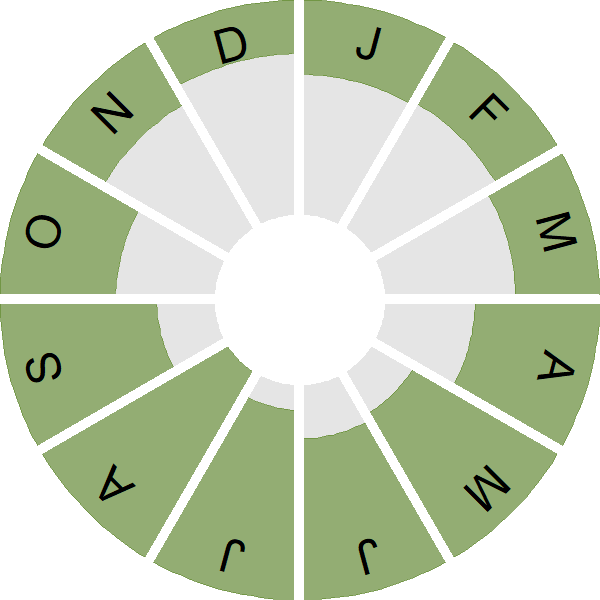Kittiwake
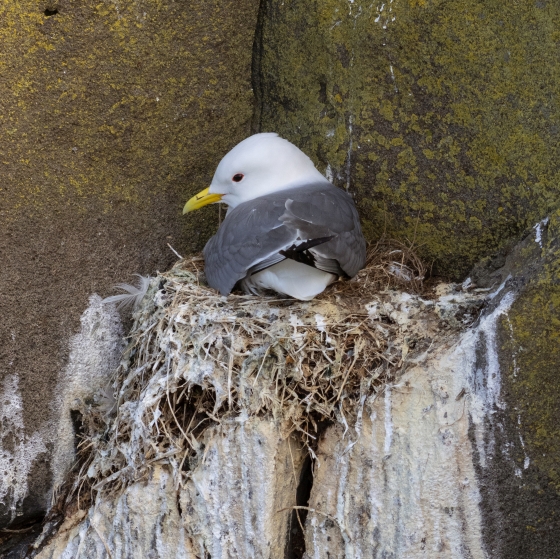
Introduction
This medium-sized seabird is our most numerous gull species, and also our most maritime, spending much of the non-breeding season on the high seas of the Atlantic Ocean.
Breeding adults have a white head and body with a mid-grey mantle and wings. They also have distinctive, jet black 'ink-dipped' wing tips. Kittiwakes take three years to attain full adult plumage.
The main breeding strongholds are in Scotland, especially Orkney, Shetland and the north-west coast.

Key Stats
Identification
ID Videos
This section features BTO training videos headlining this species, or featuring it as a potential confusion species.
Kittiwake & Other Small Gulls
Songs and Calls
Call:
Flight call:
Other:
Status and Trends
Conservation Status
Population Change
The Kittiwake population increased by 24% between the 1969–70 and 1985–88 Censuses, but these increases had been reversed by the time of Seabird 2000 (1998–2002). Ongoing annual monitoring show that further substantial declines have since occurred and it is expected that the results of the Seabirds Count (2015–2021) will confirm this (JNCC 2022)
Distribution
Kittiwakes predominantly breed on coasts with rocky cliffs, though man-made structures can be used, including the only colonies in East Anglia. The highest densities are on the British east coast, particularly between Flamborough Head and Orkney. Kittiwakes are mostly pelagic in the non-breeding season so most winter records are from vantage points along the British and Irish coastlines. During 2007–11 concentrations were greatest in southwest Ireland, southwest Wales and the Northern Isles.
Occupied 10-km squares in UK
or view it on Bird Atlas Mapstore.
or view it on Bird Atlas Mapstore.
European Distribution Map
Distribution Change
Since the 1970s Kittiwake range has contracted by 10%, associated with an almost halving of the British breeding population. Losses are thought to be associated with changes in prey availability.
Change in occupied 10-km squares in the UK
or view it on Bird Atlas Mapstore.
or view it on Bird Atlas Mapstore.
Seasonality
Kittiwakes are recorded year-round, though more consistently in the breeding season on coasts near breeding areas.
Weekly pattern of occurrence
The graph shows when the species is present in the UK, with taller bars indicating a higher likelihood of encountering the species in appropriate regions and habitats.

Movement
Britain & Ireland movement
Foreign locations of birds ringed or recovered in Britain & Ireland
Dots show the foreign destinations of birds ringed in Britain & Ireland, and the origins of birds ringed overseas that were subsequently recaptured, resighted or found dead in Britain & Ireland. Dot colours indicate the time of year that the species was present at the location.
- Winter (Nov-Feb)
- Spring (Mar-Apr)
- Summer (May-Jul)
- Autumn (Aug-Oct)

European movements
EuroBirdPortal uses birdwatcher's records, such as those logged in BirdTrack to map the flows of birds as they arrive and depart Europe. See maps for this species here.
The Eurasian-African Migration Atlas shows movements of individual birds ringed or recovered in Europe. See maps for this species here.
Biology
Productivity and Nesting
Nesting timing
Egg measurements
Clutch Size
Survival and Longevity
Survival is shown as the proportion of birds surviving from one year to the next and is derived from bird ringing data. It can also be used to estimate how long birds typically live.
View number ringed each year in the Online Ringing Report.
lifespan
Survival of adults
Survival of juveniles
Biometrics
Wing length and body weights are from live birds (source).
Wing length
Body weight
Ring Size
Classification, names and codes
Classification and Codes
- Order: Charadriiformes
- Family: Laridae
- Scientific name: Rissa tridactyla
- Authority: Linnaeus, 1758
- BTO 2-letter code: KI
- BTO 5-letter code: KITTI
- Euring code number: 6020
Alternate species names
- Catalan: gavineta de tres dits
- Czech: racek tríprstý
- Danish: Ride
- Dutch: Drieteenmeeuw
- Estonian: kaljukajakas
- Finnish: pikkukajava
- French: Mouette tridactyle
- Gaelic: Ruideag
- German: Dreizehenmöwe
- Hungarian: csüllo
- Icelandic: Rita
- Irish: Saidhbhéar
- Italian: Gabbiano tridattilo
- Latvian: trispirkstu kaija
- Lithuanian: tripirštis kiras
- Norwegian: Krykkje
- Polish: mewa trójpalczasta
- Portuguese: gaivota-tridáctila
- Slovak: cajka trojprstá
- Slovenian: triprsti galeb
- Spanish: Gaviota tridáctila
- Swedish: tretåig mås
- Welsh: Gwylan Goesddu
- English folkname(s): Annett, Tarrock
Research
Causes of Change and Solutions
Causes of change
There is good evidence that the declines in the Kittiwake population are likely to have been driven by low breeding productivity which is likely to be related to changes in sandeel populations (Coulson 1983, Frederiksen et al. 2005, Coulson 2017, McMurdo Hamilton et al. 2016). Sandeel stocks, and therefore breeding success of Kittiwakes and other seabirds, may be affected by the impact of fisheries and also by changes to sea surface temperatures due to climate change. Hence, management of fisheries may be necessary to maintain Kittiwake populations (Furness & Tasker 2000).
Publications (12)
The status of the UK’s breeding seabirds
Author: Stanbury, A.J., Burns, F., Aebischer, N.J., Baker, H., Balmer, D., Brown, A.F., Dunn, T., Lindley, P., Murphy, M., Noble, D.G., Owens, R. & Quinn, L.
Published: 2024
Five seabird species are added to the Birds of Conservation Concern Red List in this addendum to the 2021 update, bringing the total number of Red-listed seabird species to 10, up from six since seabirds were last assessed. The Amber List of seabirds moves from 19 to 14 species, and the Green List increases from one to two species.
29.09.24
Papers
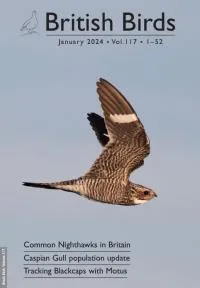
Current understanding of how climate change affects seabirds varies between regions and species in the North-East Atlantic
Author: Johnston, D.T., Humphreys, E.M., Davies, J.G., Evans, T., Howells, R.J. & Pearce-Higgins, J.W.
Published: 2025
BTO-led research identifies key gaps in our knowledge and understanding of how climate change is affecting seabirds.
27.02.25
Papers
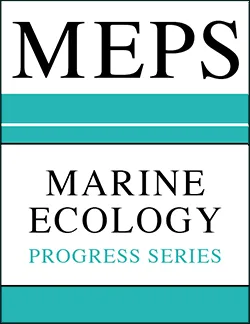
Seabird Population Trends and Causes of Change: 1986–2023
Author: Harris, S.J., Baker, H., Balmer, D.E., Bolton, M., Burton, N.H.K., Caulfield, E., Clarke, J.A.E., Dunn, T.E., Evans, T.J., Hereward, H.R.F., Humphreys, E.M., Money, S. and O’Hanlon, N.J.
Published: 2024
This report presents the latest seabird population trends in breeding abundance and productivity using data from the Seabird Monitoring Programme (SMP).The report documents changes in the abundance and productivity of breeding seabird species in Britain and Ireland from 1986 to 2023, and provides a detailed account of the 2021, 2022 and 2023 breeding seasons.This report includes both inland and coastal populations and trends from the Channel Islands, England, Isle of Man, Northern Ireland, Scotland, Wales and the Republic of Ireland, which are presented where sufficient data are available. The results from this report are used more broadly to assess the health of the wider environment, to inform policy and for conservation action.
21.11.24
Reports Research reports
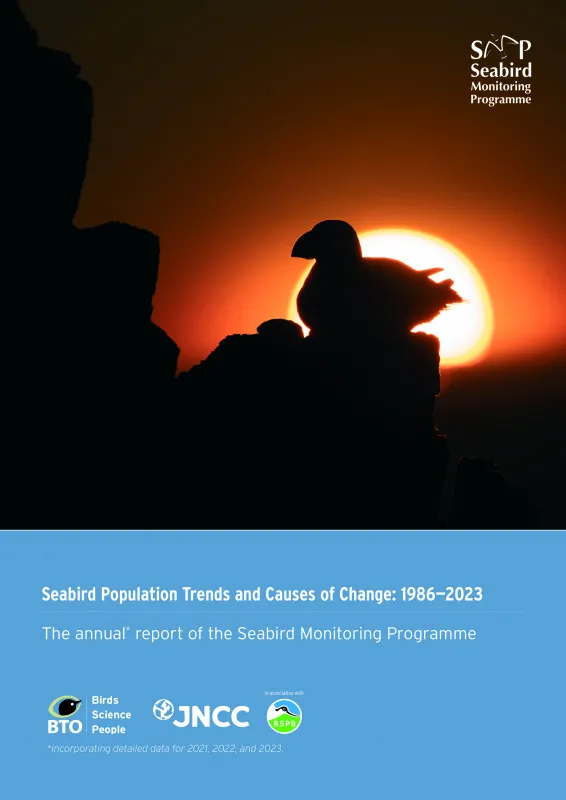
Influence of wind on kittiwake Rissa tridactyla flight and offshore wind turbine collision risk
Author: Davies, J.G., Boersch-Supan, P.H., Clewley, G.D., Humphreys, E.M., O’Hanlon, N.J., Shamoun-Baranes, J., Thaxter, C.B., Weston, E. & Cook, A.S.C.P.
Published: 2024
Climate change presents a major threat to populations of seabirds such as the Kittiwake, a Red-listed species of conservation concern. However, one mitigation approach to climate change – exploiting renewable energy through offshore wind farms – itself poses a potential threat to Kittiwakes, partly due to collision risk with turbine blades.
09.09.24
Papers
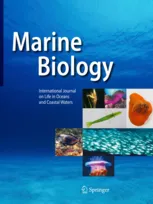
The value of seabird foraging ranges as a tool to investigate the impact of offshore wind farms
Author: Woodward, I.D., Thaxter, C.B., Owen, E., Bolton, M., Ward, R.M. & Cook, A.S.C.P.
Published: 2024
A study led by BTO uses data from GPS tracking and other research to identify the likelihood of seabirds of 27 species interacting with areas off sea earmarked for 41 new offshore wind farms around the UK.
30.05.24
Papers
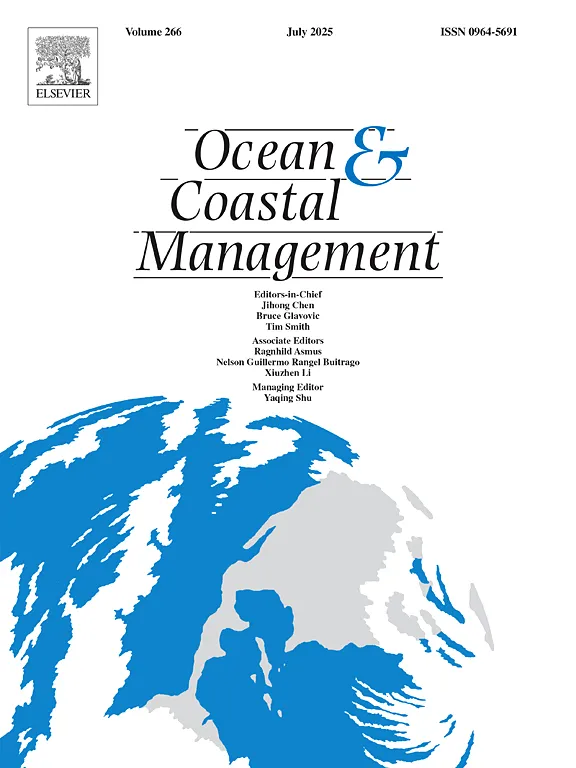
Northern Ireland Seabird Report 2023
Author: Booth, K.J. & El Haddad, H.
Published: 2024
The report includes detailed information about the population trends and breeding success of seabirds in Northern Ireland, over the 2023 breeding season. Notably, Fulmar and Kittiwake populations are reported to be experiencing continued declines, while Guillemot, Common Gull and Herring Gull populations show increases at most breeding sites.
15.04.24
Reports Northern Ireland Seabird Report

Birds of Conservation Concern Wales 4: the population status of birds in Wales
Author: Johnstone, I.G., Hughes, J., Balmer, D.E., Brenchley, A., Facey, R.J., Lindley, P.J., Noble, D.G. & Taylor, R.C.
Published: 2022
The latest review of the conservation status of birds in Wales. The report assessed all 220 bird species which regularly occur in Wales. There are now 60 species of bird on the Red List, with 91 on the Amber List and just 69 - less than a third of the total number of species - on the Green List.
06.12.22
Reports Birds of Conservation Concern

Methods to quantify avian airspace use in relation to wind energy development
Author: Largey, N., Cook, A.S.C.P., Thaxter, C.B., McCluskie, A., Stokke, B.G., Wilson, B. & Masden, E.A.
Published: 2021
New research involving BTO has developed a framework to identify how wildlife might be affected by renewable energy developments.
13.01.21
Papers
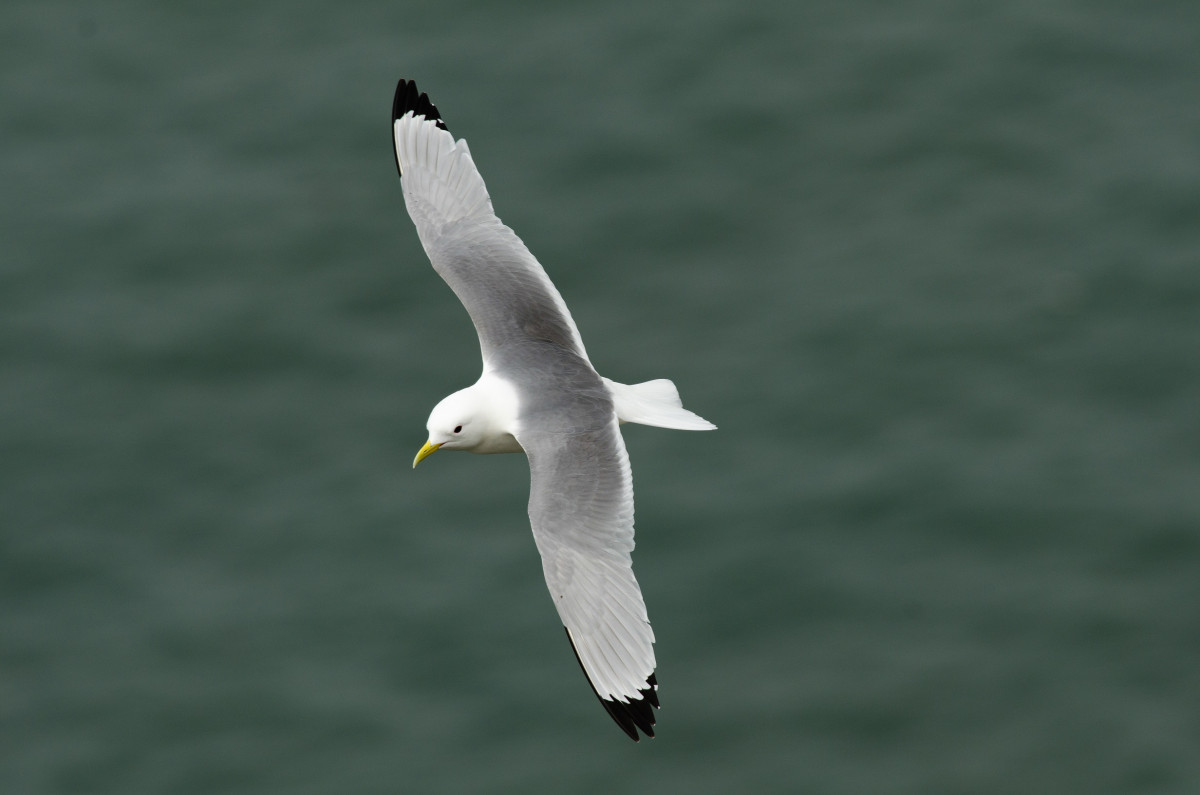
The risk of extinction for birds in Great Britain
Author: Stanbury, A., Brown, A., Eaton, M., Aebischer, N., Gillings, S., Hearn, R., Noble, D., Stroud, D. & Gregory, R.
Published: 2017
The UK has lost seven species of breeding birds in the last 200 years. Conservation efforts to prevent this from happening to other species, both in the UK and around the world, are guided by species’ priorities lists, which are often informed by data on range, population size and the degree of decline or increase in numbers. These are the sorts of data that BTO collects through its core surveys.
01.09.17
Papers
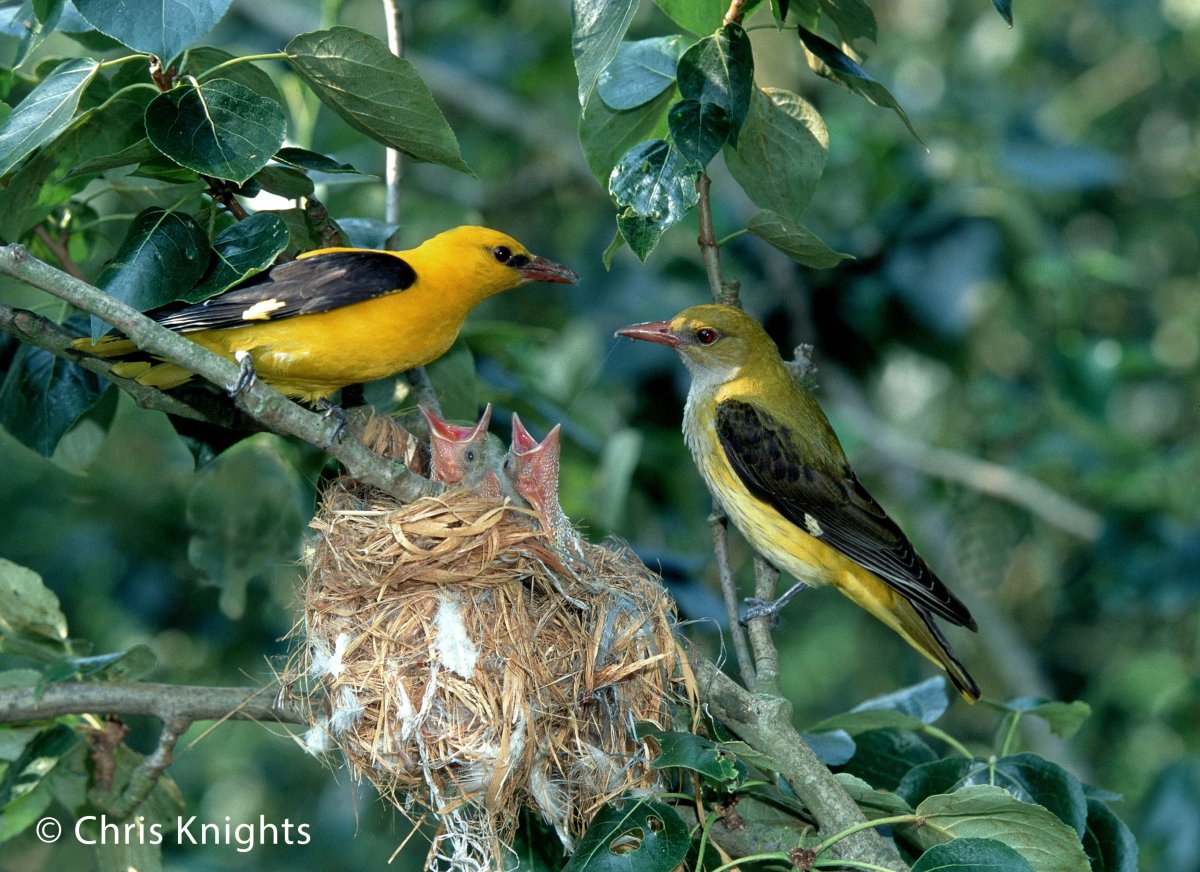
The avoidance rates of collision between birds and offshore turbines
Author: Cook, A.S.C.P., Humphreys, E.M., Masden, E.A., Band, W. & Burton, N.H.K.
Published: 2014
Report of work carried out by the British Trust for Ornithology in collaboration with the Environmental Research Institute on behalf of the Marine Scotland Science.Accurately estimating birds’ risk of collision with offshore wind turbines is a key part of the decision-making process for proposed renewable developments. However, the evidence base for quantifying the number of birds likely to avoid colliding with turbines is limited. Recent BTO-led work helping to fill this gap, improving the understanding of the impacts of offshore renewables on marine wildlife.
03.12.14
Reports Research reports
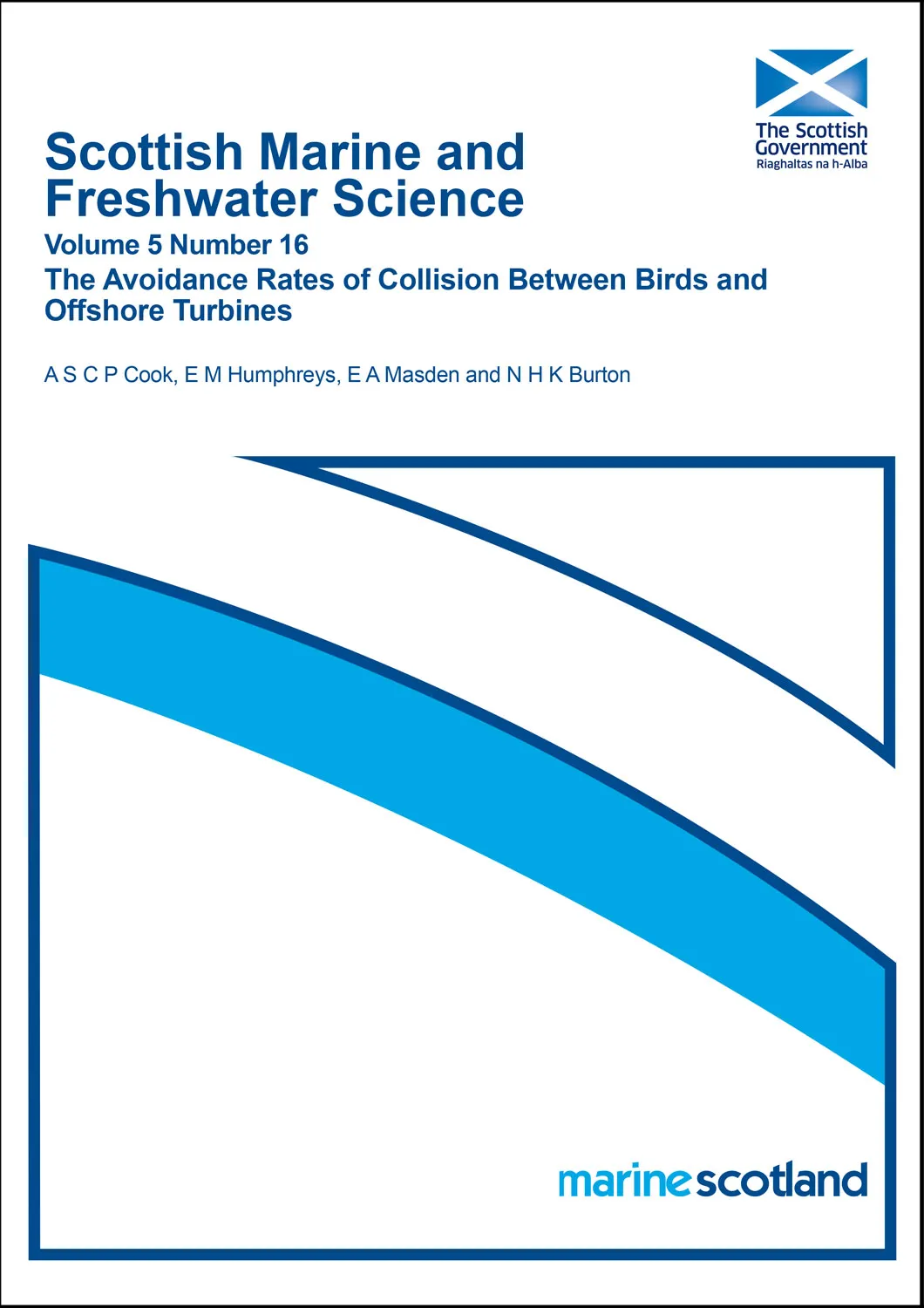
Field metabolic rates of Kittiwakes Rissa tridactyla during incubation and chick-rearing
Author: Thomson, D.L., Furness, R.W. & Monaghan, P.
Published: 1998
01.01.98
Papers
Stage-dependent foraging in breeding black-legged kittiwakes Rissa tridactyla: distinguishing behavioural responses to intrinsic and extrinsic factors
Author: Humphreys, E.M., Wanless, S. & Bryant, D.M.
Published: 2006
01.01.06
Papers

